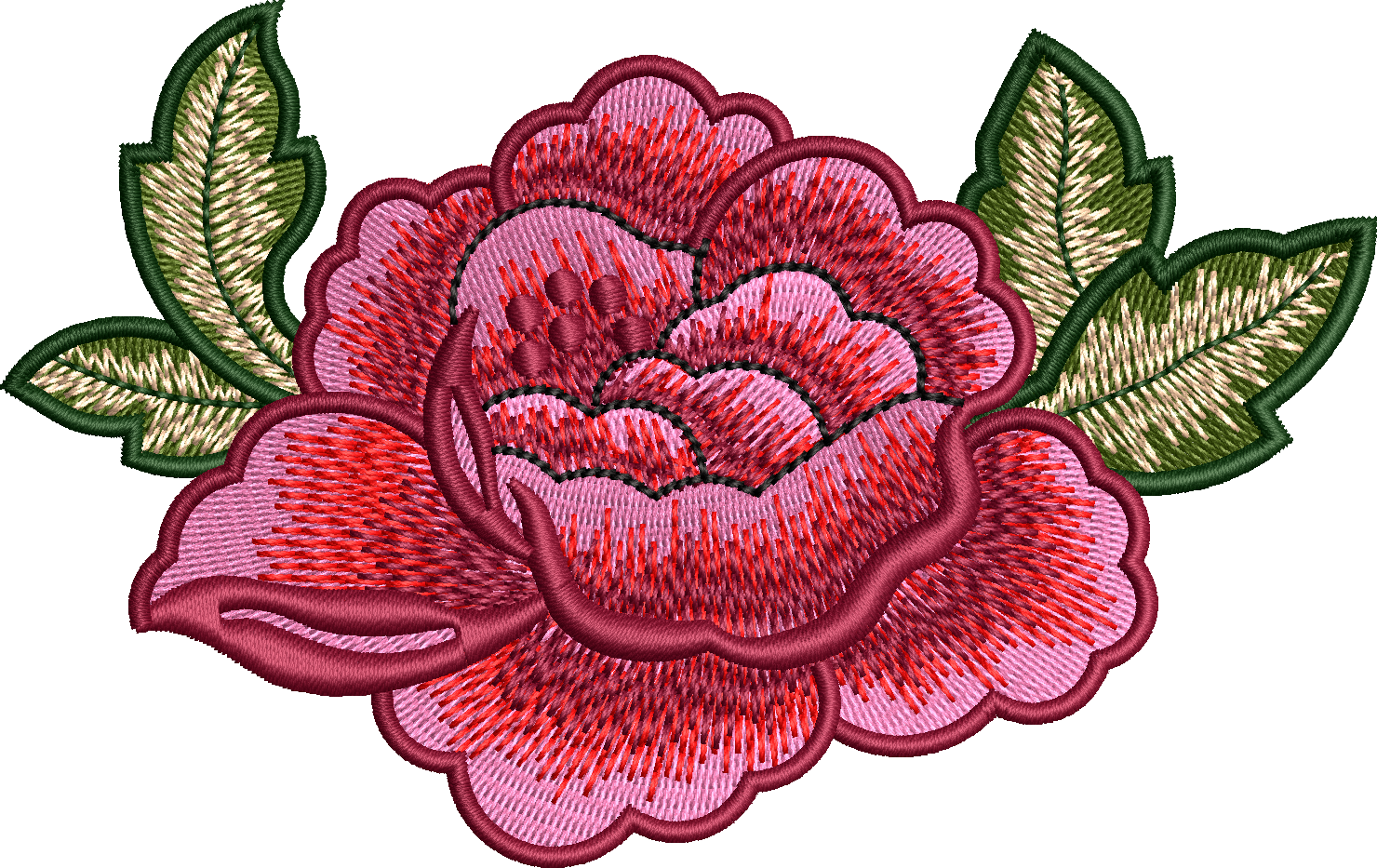Introduction
Embroidery has long been regarded as a timeless art form that beautifully combines craftsmanship and creativity. In the contemporary era, technological advancements have given rise to a new dimension in the world of embroidery – embroidery digitizer services. This article delves into the intricacies of these services, shedding light on their significance, process, and the impact they have on the embroidery industry.
Understanding Embroidery Digitizer Services
Embroidery digitizer services involve the conversion of traditional, handcrafted embroidery designs into digital files that can be read and interpreted by computerized embroidery machines. This process allows for greater precision, efficiency, and customization in the embroidery process. Skilled professionals, known as digitizers, use specialized software to create detailed and intricate digital patterns that mirror the original designs.
The Significance of Embroidery Digitizer Services
-
Precision and Accuracy
One of the key advantages of embroidery digitizer services is the unparalleled precision they offer. Digital files enable the embroidery machine to follow the intricate details of the design with accuracy, resulting in high-quality finished products. This precision is particularly crucial when working on intricate and complex designs that may be challenging to replicate by hand.
-
Time Efficiency
Digitized embroidery significantly reduces the time required for the embroidery process. Once a design is digitized, it can be easily replicated and scaled as needed. This efficiency is especially valuable in commercial settings where large quantities of embroidered products are produced, such as in the textile and promotional industries.
-
Customization
Embroidery digitizer services empower businesses and individuals to customize their designs effortlessly. Clients can modify colors, sizes, and details with ease, allowing for a higher degree of personalization. This flexibility is a significant asset for businesses looking to create unique and branded merchandise.
The Process of Embroidery Digitization
-
Design Input
The digitization process begins with the input of the original design. This could be a hand-drawn sketch, an existing image, or any other form of visual representation. The digitizer carefully analyzes the design to understand its intricacies and unique features.
-
Digitizing Software
Specialized digitizing software is then used to convert the design into a digital format. The digitizer manually defines elements such as stitch types, stitch directions, and density, ensuring that the digital file accurately represents the original design.
-
Testing and Refinement
Once the initial digitization is complete, the file is tested on a sample fabric to identify any areas that may need refinement. The digitizer fine-tunes the design as necessary to achieve the desired results.
-
Final Output
The finalized digital file is then ready for use with computerized embroidery machines. The machines follow the instructions in the digital file, stitching the design onto the chosen fabric with precision and speed.
Conclusion
Embroidery digitizer services have revolutionized the embroidery industry, combining traditional craftsmanship with modern technology. The precision, efficiency, and customization offered by these services make them invaluable for businesses and individuals alike. As the demand for personalized and high-quality embroidered products continues to rise, embroidery digitizer services play a crucial role in shaping the future of this age-old art form.
Explore More
Embroidery Digitizing Services
Embroidery Digitizing
Cap Digitizing
Logo Digitizing


